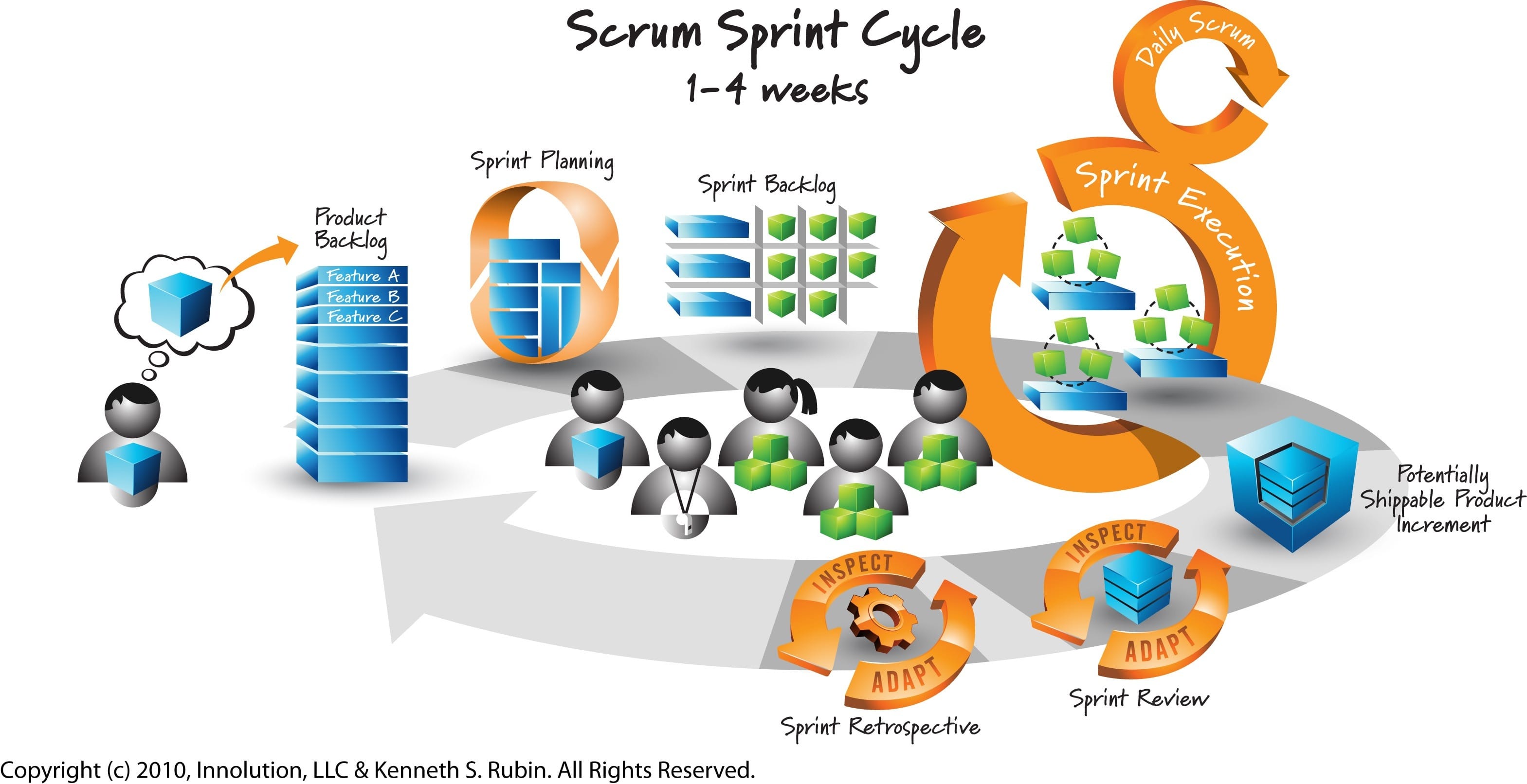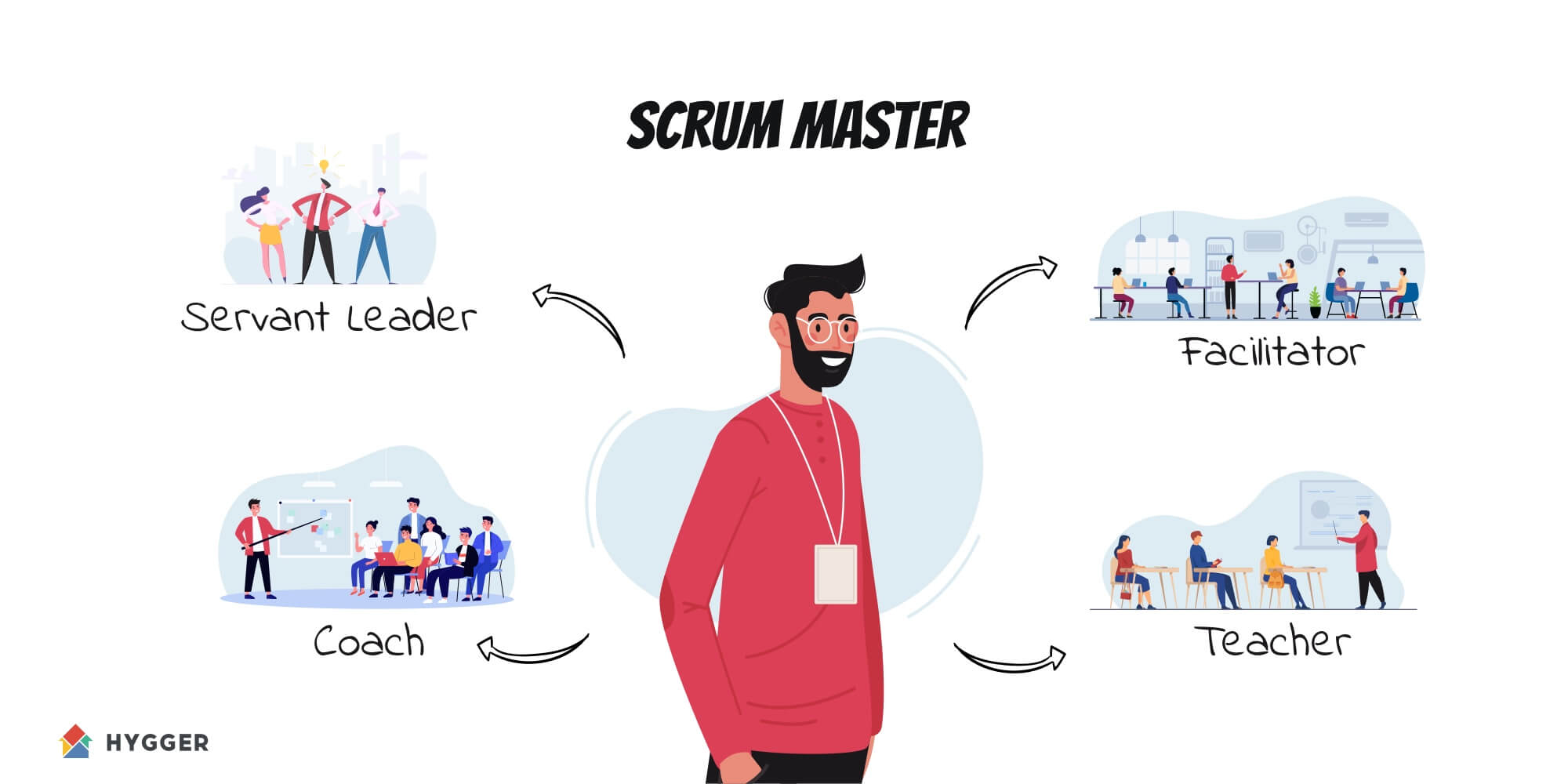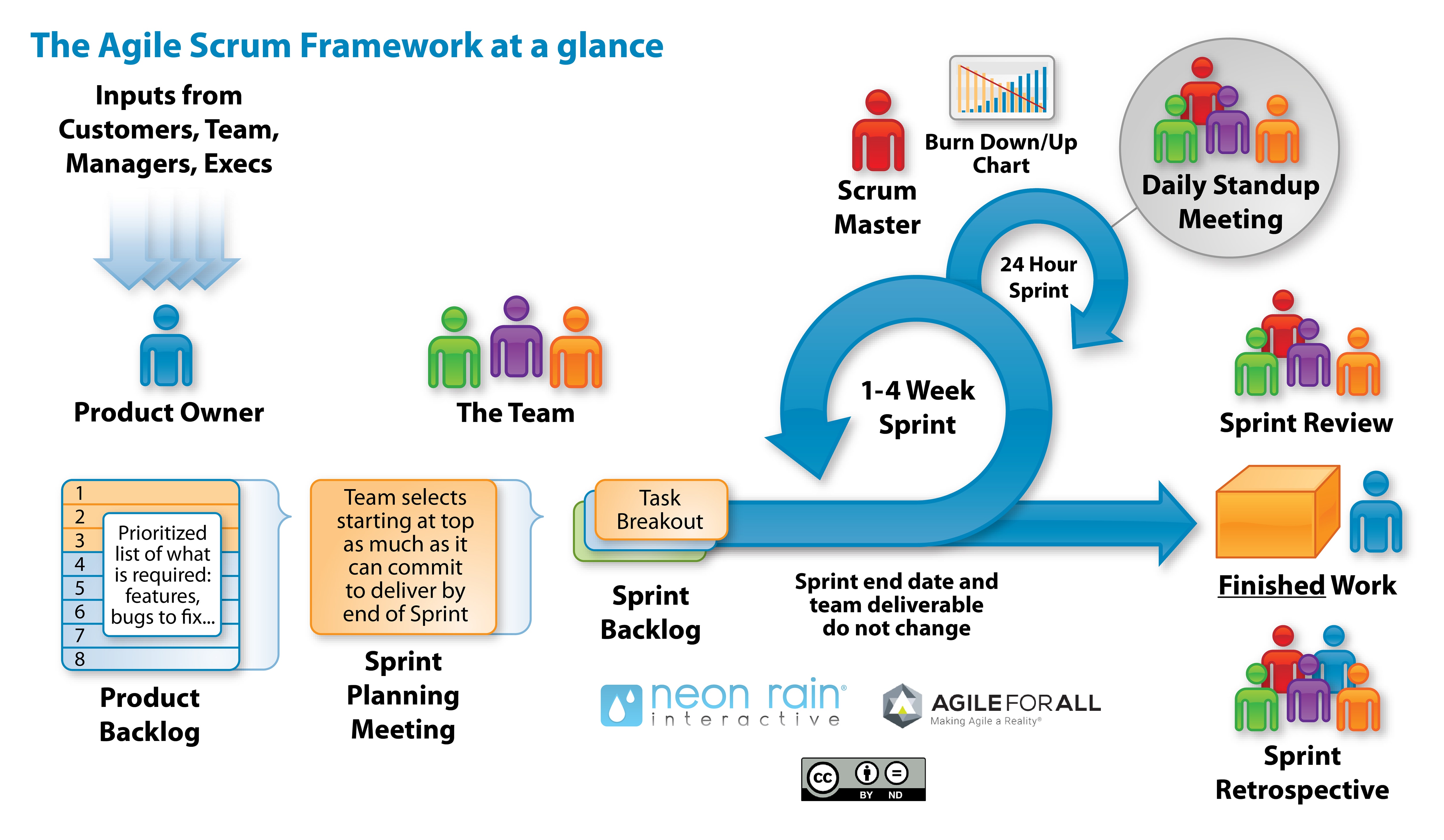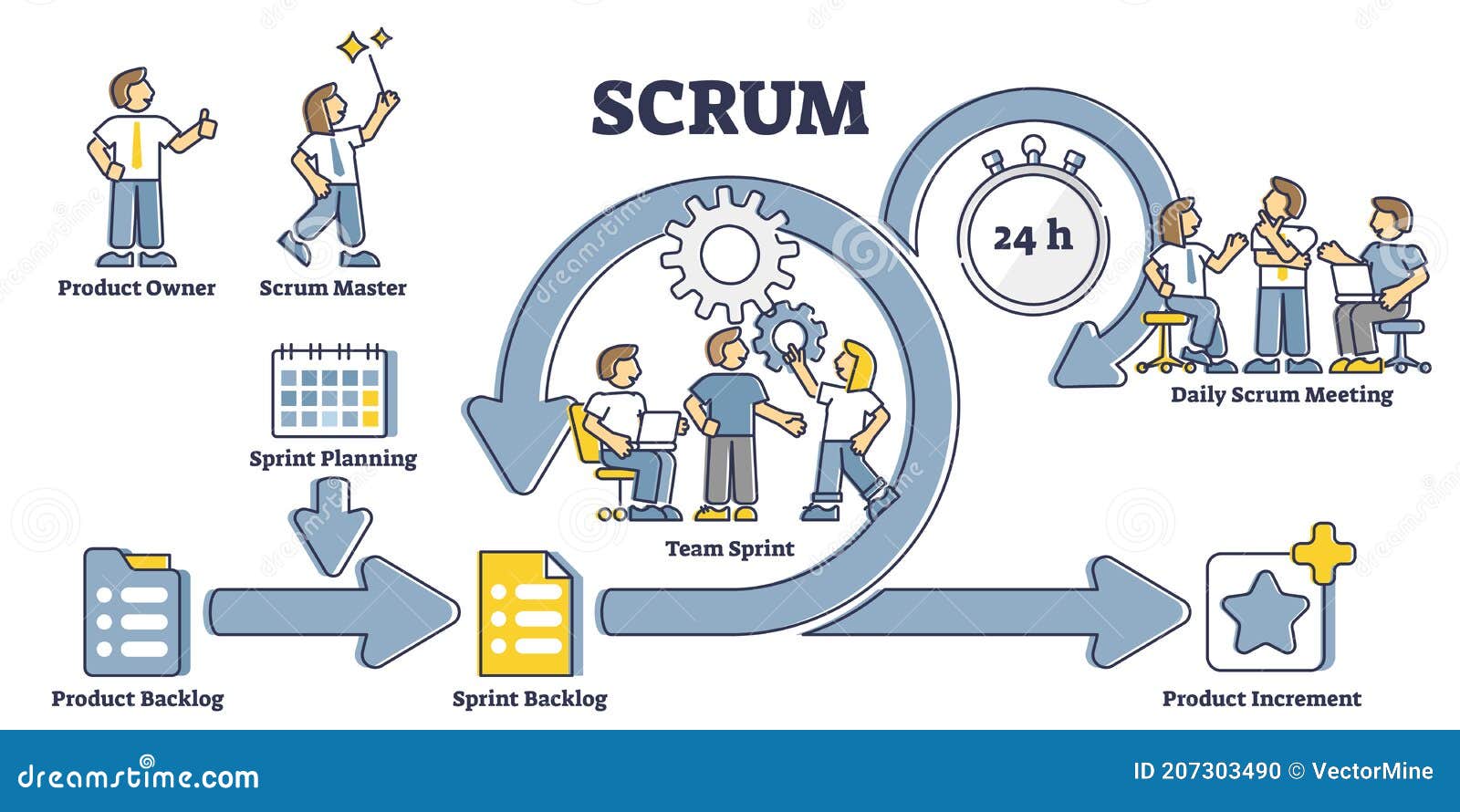Unraveling Agile: The Modern Approach to Software Development
Agile methodologies have emerged as a powerful and flexible approach to software development, emphasizing adaptability, collaboration, and customer satisfaction. The Agile philosophy is particularly relevant in today’s fast-paced software development landscape, where the ability to respond to changing requirements and user needs is crucial. The Agile methodology focuses on iterative progress, continuous feedback, and the capacity to adapt to evolving circumstances. By embracing these principles, Agile methodologies empower development teams to deliver high-quality software products that meet and exceed user expectations.
Software Scrum Agile, a popular Agile framework, embodies the core values and principles of Agile methodologies. Scrum emphasizes cross-functional teams, iterative development cycles, and transparent communication. By incorporating Scrum practices, software development teams can effectively manage complex projects, reduce project risks, and foster a culture of continuous improvement.
Scrum Software Development: A Closer Look
Scrum is a widely-used Agile framework in software development, characterized by its focus on iterative progress, transparent communication, and continuous improvement. By understanding the roles, artifacts, and ceremonies that make up Scrum, teams can effectively implement Scrum practices and reap the benefits of this popular Agile framework. In Scrum software development, three key roles are defined: the Scrum Master, the Product Owner, and the Development Team. The Scrum Master facilitates communication, removes impediments, and ensures the team adheres to Scrum principles. The Product Owner is responsible for maximizing product value, prioritizing features, and maintaining the product backlog. The Development Team consists of cross-functional members who collaborate to deliver potentially shippable increments of the product at the end of each sprint.
Scrum also includes several artifacts that help teams manage and track their work. The Product Backlog is a prioritized list of features, requirements, and bugs. The Sprint Backlog is a subset of the Product Backlog items selected for a specific sprint, along with a plan for delivering the increment. The Increment represents the sum of all the Product Backlog items completed during a sprint and all previous sprints.
Additionally, Scrum defines five events, or ceremonies, that guide the development process: the Sprint, Sprint Planning, Daily Scrum, Sprint Review, and Sprint Retrospective. These ceremonies ensure that teams maintain a consistent rhythm, foster collaboration, and continuously improve their processes.
The Role of Scrum Masters in Agile Teams
Scrum Masters play a pivotal role in Agile teams, ensuring the team adheres to Scrum principles, facilitating communication, and resolving impediments. Successful Scrum Masters possess a unique set of skills and qualities that enable them to lead and support their teams effectively. A Scrum Master acts as a servant-leader, fostering a collaborative environment where the team can excel. They facilitate the Scrum ceremonies, such as Sprint Planning, Daily Scrum, Sprint Review, and Sprint Retrospective, ensuring that the team remains focused and productive throughout the development process.
To be an effective Scrum Master, one must possess excellent communication and interpersonal skills, enabling them to facilitate discussions, manage conflicts, and build trust within the team. Additionally, Scrum Masters should have a solid understanding of Agile principles and Scrum frameworks, allowing them to guide the team in implementing Scrum practices and continuously improving their processes.
Scrum Masters also play a crucial role in removing impediments that may hinder the team’s progress. By identifying and addressing these obstacles, Scrum Masters ensure that the team can maintain a consistent development rhythm and meet their sprint goals. Furthermore, Scrum Masters help the team stay focused on delivering high-quality software products that meet customer needs and expectations.
Product Owners: Driving Value in Scrum Software Development
Product Owners play a critical role in Scrum software development, ensuring that the team delivers maximum value to customers by prioritizing features and maintaining the product backlog. Effective collaboration between Product Owners and the development team is essential for successful Scrum implementation. Product Owners are responsible for defining and prioritizing the product backlog, which includes features, requirements, and bugs. By maintaining a well-groomed backlog, Product Owners ensure that the team always has a clear understanding of what to build next, enabling them to deliver high-quality software products that meet customer needs and expectations.
To be an effective Product Owner, one must possess excellent communication and interpersonal skills, allowing them to collaborate effectively with the development team, stakeholders, and customers. Additionally, Product Owners should have a deep understanding of customer needs, market trends, and business goals, enabling them to make informed decisions about product priorities and features.
Product Owners also play a crucial role in ensuring that the development team understands the product vision and goals. By effectively communicating the product roadmap and providing clear guidance on feature priorities, Product Owners help the team stay focused and motivated, ultimately leading to increased productivity and higher quality software products.
Implementing Agile Scrum: A Step-by-Step Guide
Implementing Agile Scrum in your organization can significantly improve software development efficiency, productivity, and quality. By following a comprehensive, actionable guide, you can ensure a smooth transition to Agile Scrum methodologies.
Team Formation: Assemble a cross-functional Scrum team, consisting of developers, testers, designers, and other necessary roles. Ensure that the team is self-organizing and empowered to make decisions.
Backlog Creation: Collaborate with the Product Owner to create a prioritized product backlog, including features, requirements, and bugs. The backlog should be well-groomed, with clear descriptions, acceptance criteria, and estimates.
Sprint Planning: Conduct sprint planning sessions to select items from the product backlog for the upcoming sprint. Ensure that the team understands the sprint goals, tasks, and estimated effort required.
Daily Stand-ups: Facilitate daily stand-up meetings, where team members briefly discuss their progress, obstacles, and plans for the day. This ensures that everyone is aligned and impediments are addressed promptly.
Sprint Reviews: Organize sprint reviews to demonstrate completed work to stakeholders, gather feedback, and update the product backlog as needed. This fosters transparency and collaboration, ensuring that the team is aligned with customer needs.
Retrospectives: Conduct retrospectives to reflect on the sprint, identify areas for improvement, and implement changes for future sprints. This continuous improvement process ensures that the team remains efficient and effective.
Scaling Agile Scrum Across Large Organizations
Scaling Agile Scrum across large organizations can be challenging, but it offers numerous benefits, including improved collaboration, increased efficiency, and better alignment with business objectives. By exploring popular scaling frameworks and implementing best practices, you can successfully scale Agile Scrum in your organization.
SAFe (Scaled Agile Framework): SAFe is a widely adopted scaling framework that integrates Agile, Lean, and System Thinking principles. It provides a structured approach to scaling Agile Scrum, with clear roles, artifacts, and ceremonies. However, it may be overly complex for some organizations.
LeSS (Large-Scale Scrum): LeSS is a lightweight scaling framework that focuses on simplifying the Scrum process for large-scale development. It encourages a “one team, one Scrum” approach, reducing complexity and increasing transparency. However, it may not provide sufficient guidance for some organizations.
DaD (Disciplined Agile Delivery): DaD is a hybrid scaling framework that combines Agile, Lean, and traditional project management practices. It offers a flexible approach to scaling Agile Scrum, allowing organizations to tailor the framework to their specific needs. However, it may require more customization and training than other frameworks.
When scaling Agile Scrum, consider the following best practices:
Establish a clear vision and strategy for scaling Agile Scrum.
Foster a culture of collaboration, transparency, and continuous improvement.
Align Agile teams with business objectives and customer needs.
Provide training, coaching, and mentoring to support Agile Scrum adoption.
Continuously monitor and evaluate the effectiveness of the scaling framework.
Adapt the scaling framework as needed to address organizational challenges and opportunities.
Overcoming Common Agile Scrum Adoption Challenges
Implementing Agile Scrum in an organization can be a complex process, often accompanied by various challenges. By understanding these challenges and implementing practical strategies, you can ensure a smooth Agile Scrum adoption.
Resistance to Change: Employees may resist the transition to Agile Scrum due to fear of the unknown or attachment to traditional methodologies. Address this challenge by fostering a culture of openness, encouraging communication, and providing training and support throughout the adoption process.
Cultural Barriers: Organizational culture plays a significant role in Agile Scrum adoption. To overcome cultural barriers, align Agile Scrum principles with your organization’s values and mission, and involve key stakeholders in the adoption process.
Lack of Top-Down Support: Agile Scrum adoption requires strong leadership and top-down support. Engage executive leadership and secure their commitment to the Agile Scrum transformation. Communicate the benefits of Agile Scrum and involve leaders in the adoption process.
Insufficient Training and Coaching: Agile Scrum adoption requires a deep understanding of its principles and practices. Provide comprehensive training and coaching to all team members, ensuring they have the necessary skills and knowledge to succeed.
Inadequate Infrastructure: Agile Scrum adoption may require changes to your organization’s infrastructure, such as tools and processes. Evaluate your current infrastructure and make the necessary adjustments to support Agile Scrum.
Inconsistent Application: Agile Scrum adoption can be challenging when teams apply its principles and practices inconsistently. Establish clear guidelines and expectations, and provide ongoing support to ensure consistent application.
Overcoming these challenges requires a strategic, collaborative approach. By involving key stakeholders, fostering a culture of openness, and providing comprehensive training and support, you can ensure a successful Agile Scrum adoption.
Measuring Success in Agile Scrum: Metrics and KPIs
Measuring the success of Agile Scrum adoption is crucial for continuous improvement and data-driven decision-making. By tracking essential metrics and KPIs, you can evaluate your team’s performance, identify areas for improvement, and optimize your Agile Scrum processes.
Velocity: Velocity measures the amount of work completed in a given sprint, typically expressed in story points. By tracking velocity over time, you can forecast future sprints’ capacity and ensure a sustainable development pace.
Lead Time: Lead time is the duration from when a task is added to the backlog until it is delivered to the customer. By monitoring lead time, you can identify bottlenecks, optimize workflows, and improve overall efficiency.
Cycle Time: Cycle time is the time it takes for a task to move from “in progress” to “done.” By tracking cycle time, you can identify delays, streamline processes, and enhance team productivity.
Team Morale: Team morale is a critical success factor in Agile Scrum adoption. By monitoring team morale, you can ensure a positive work environment, minimize burnout, and maintain high levels of engagement and motivation.
Quality Metrics: Quality metrics, such as defect density and code quality, help ensure that your software meets high standards. By tracking these metrics, you can identify areas for improvement and maintain a focus on delivering high-quality software.
Customer Satisfaction: Customer satisfaction is the ultimate measure of Agile Scrum success. By gathering feedback and tracking customer satisfaction, you can ensure that your software meets customer needs and expectations.
To effectively measure Agile Scrum success, establish a baseline, set targets, and regularly review your metrics. By focusing on continuous improvement and data-driven decision-making, you can optimize your Agile Scrum processes and deliver high-quality software that meets customer needs.





